Recreating Roof Tiles
입력 2016.11.09 (15:02)
수정 2016.11.09 (15:10)
읽어주기 기능은 크롬기반의
브라우저에서만 사용하실 수 있습니다.
[Anchor Lead]
The roofs of many Korean traditional structures are decorated with special tiles called "chimi." Ancient roof-end tiles dating back 1400 years all the way to the Baekje period are being recreated. Let's take a look.
[Pkg]
The ridges of the roof on Heungnyemun Gate in the ancient royal palace Gyeongbokgung are decorated on both sides with special tiles called "chimi." "Chimi" tiles of the Baekje period are larger and more extravagant than those of the Joseon period.They have been re-created after three years of restoration efforts. "Chimi" tiles are shaped like birds with their tails curved upwards. The wings have distinct patterns of feathers and lotus flowers, which add extravagance to the tiles. Produced in the year 577 during the reign of King Wideok of Baekje, these are the oldest "chimi" tiles" that still exist to this day. Measuring 1.2 meters in height, they are also twice as tall as "chimi" tiles from the Goryeo or Joseon periods. The "chimi" tiles were discovered at the site of Wangheungsa Temple in Buyeo, Chungcheongnam-do Province, which was founded by the king. It represents the beauty of Baekje architecture.
[Soundbite] Bae Byung-seon(Buyeo Nat'l Research Inst. of Cultural Heritage) : "We believe these tiles were made byartisans who worked for the Baekje king.They are the oldest "Chimi" tiles,and the most extravagant as well."
Academics say that the discovered tiles will serve as priceless materials for studying the tile production technologies and architecture of Baekje.
The roofs of many Korean traditional structures are decorated with special tiles called "chimi." Ancient roof-end tiles dating back 1400 years all the way to the Baekje period are being recreated. Let's take a look.
[Pkg]
The ridges of the roof on Heungnyemun Gate in the ancient royal palace Gyeongbokgung are decorated on both sides with special tiles called "chimi." "Chimi" tiles of the Baekje period are larger and more extravagant than those of the Joseon period.They have been re-created after three years of restoration efforts. "Chimi" tiles are shaped like birds with their tails curved upwards. The wings have distinct patterns of feathers and lotus flowers, which add extravagance to the tiles. Produced in the year 577 during the reign of King Wideok of Baekje, these are the oldest "chimi" tiles" that still exist to this day. Measuring 1.2 meters in height, they are also twice as tall as "chimi" tiles from the Goryeo or Joseon periods. The "chimi" tiles were discovered at the site of Wangheungsa Temple in Buyeo, Chungcheongnam-do Province, which was founded by the king. It represents the beauty of Baekje architecture.
[Soundbite] Bae Byung-seon(Buyeo Nat'l Research Inst. of Cultural Heritage) : "We believe these tiles were made byartisans who worked for the Baekje king.They are the oldest "Chimi" tiles,and the most extravagant as well."
Academics say that the discovered tiles will serve as priceless materials for studying the tile production technologies and architecture of Baekje.
■ 제보하기
▷ 카카오톡 : 'KBS제보' 검색, 채널 추가
▷ 전화 : 02-781-1234, 4444
▷ 이메일 : kbs1234@kbs.co.kr
▷ 유튜브, 네이버, 카카오에서도 KBS뉴스를 구독해주세요!
- Recreating Roof Tiles
-
- 입력 2016-11-09 15:03:20
- 수정2016-11-09 15:10:47
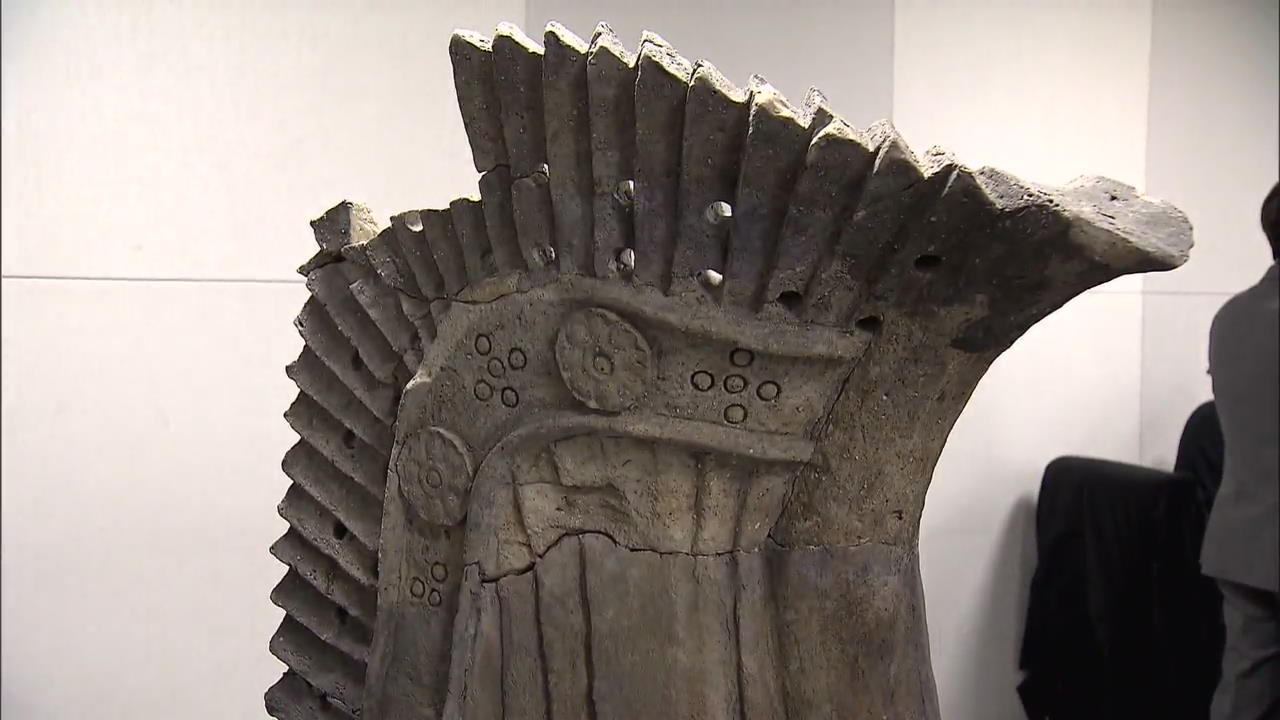
[Anchor Lead]
The roofs of many Korean traditional structures are decorated with special tiles called "chimi." Ancient roof-end tiles dating back 1400 years all the way to the Baekje period are being recreated. Let's take a look.
[Pkg]
The ridges of the roof on Heungnyemun Gate in the ancient royal palace Gyeongbokgung are decorated on both sides with special tiles called "chimi." "Chimi" tiles of the Baekje period are larger and more extravagant than those of the Joseon period.They have been re-created after three years of restoration efforts. "Chimi" tiles are shaped like birds with their tails curved upwards. The wings have distinct patterns of feathers and lotus flowers, which add extravagance to the tiles. Produced in the year 577 during the reign of King Wideok of Baekje, these are the oldest "chimi" tiles" that still exist to this day. Measuring 1.2 meters in height, they are also twice as tall as "chimi" tiles from the Goryeo or Joseon periods. The "chimi" tiles were discovered at the site of Wangheungsa Temple in Buyeo, Chungcheongnam-do Province, which was founded by the king. It represents the beauty of Baekje architecture.
[Soundbite] Bae Byung-seon(Buyeo Nat'l Research Inst. of Cultural Heritage) : "We believe these tiles were made byartisans who worked for the Baekje king.They are the oldest "Chimi" tiles,and the most extravagant as well."
Academics say that the discovered tiles will serve as priceless materials for studying the tile production technologies and architecture of Baekje.
The roofs of many Korean traditional structures are decorated with special tiles called "chimi." Ancient roof-end tiles dating back 1400 years all the way to the Baekje period are being recreated. Let's take a look.
[Pkg]
The ridges of the roof on Heungnyemun Gate in the ancient royal palace Gyeongbokgung are decorated on both sides with special tiles called "chimi." "Chimi" tiles of the Baekje period are larger and more extravagant than those of the Joseon period.They have been re-created after three years of restoration efforts. "Chimi" tiles are shaped like birds with their tails curved upwards. The wings have distinct patterns of feathers and lotus flowers, which add extravagance to the tiles. Produced in the year 577 during the reign of King Wideok of Baekje, these are the oldest "chimi" tiles" that still exist to this day. Measuring 1.2 meters in height, they are also twice as tall as "chimi" tiles from the Goryeo or Joseon periods. The "chimi" tiles were discovered at the site of Wangheungsa Temple in Buyeo, Chungcheongnam-do Province, which was founded by the king. It represents the beauty of Baekje architecture.
[Soundbite] Bae Byung-seon(Buyeo Nat'l Research Inst. of Cultural Heritage) : "We believe these tiles were made byartisans who worked for the Baekje king.They are the oldest "Chimi" tiles,and the most extravagant as well."
Academics say that the discovered tiles will serve as priceless materials for studying the tile production technologies and architecture of Baekje.
이 기사가 좋으셨다면
-
좋아요
0
-
응원해요
0
-
후속 원해요
0










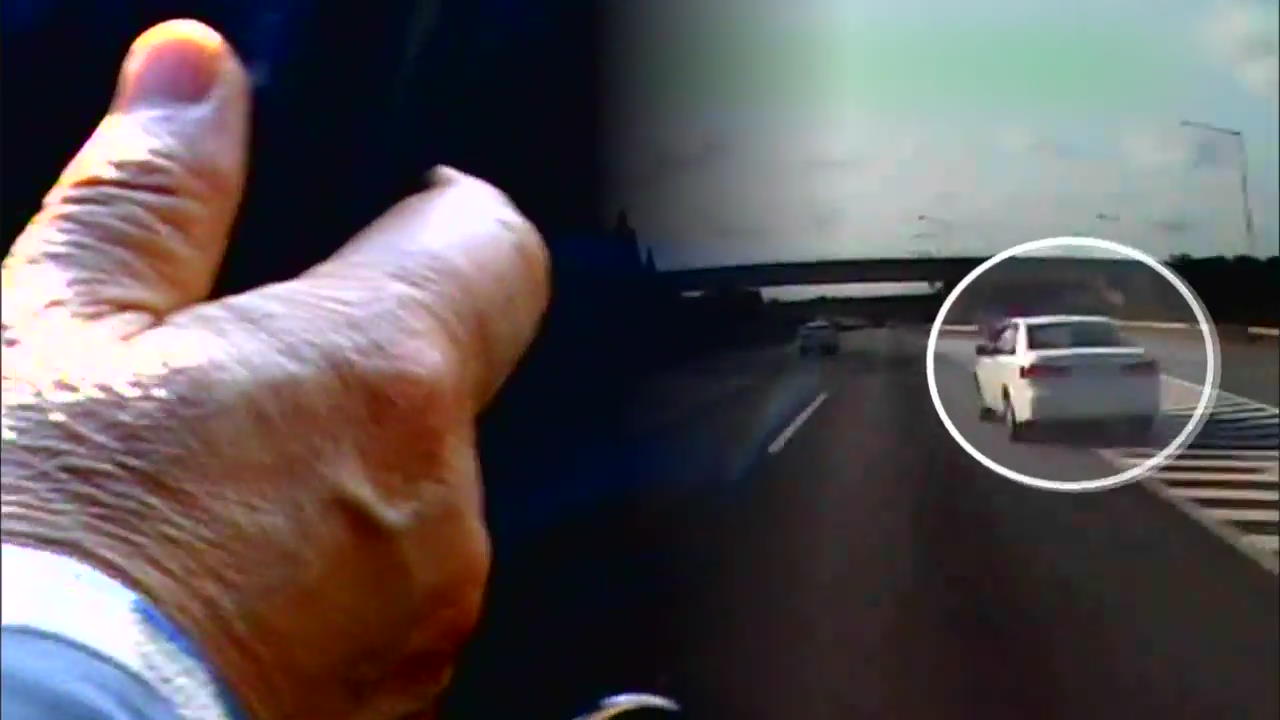
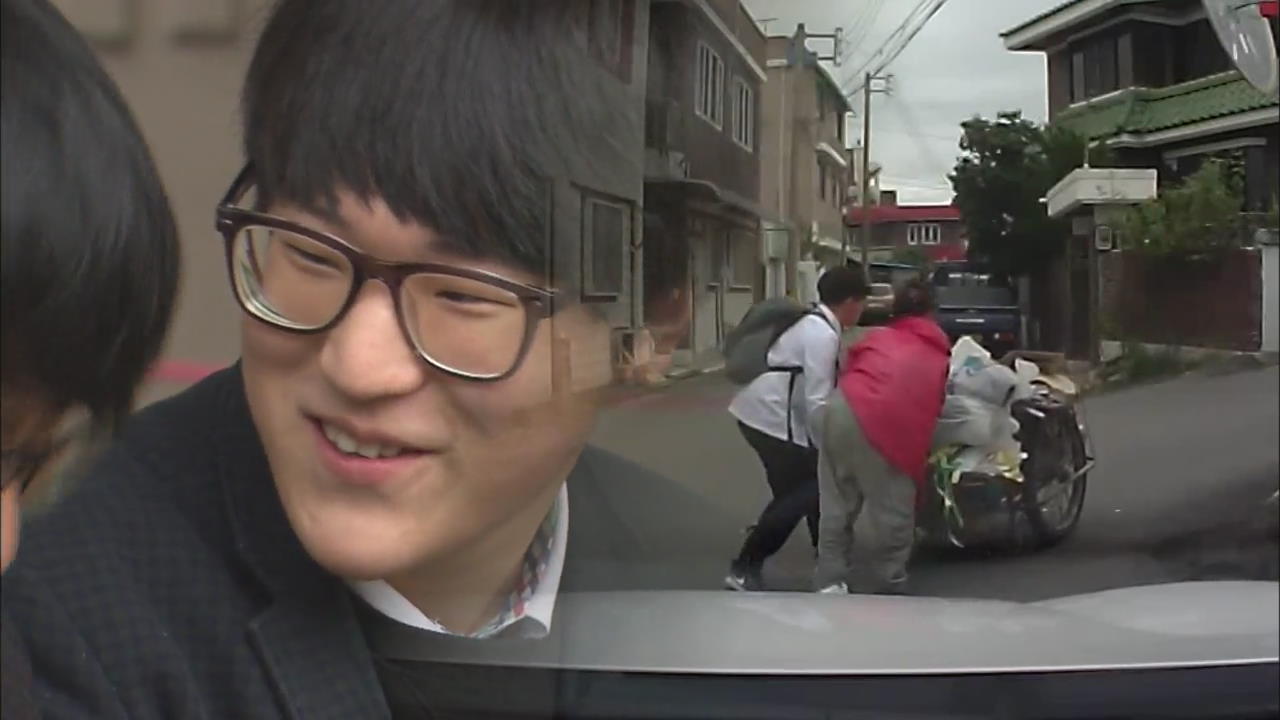
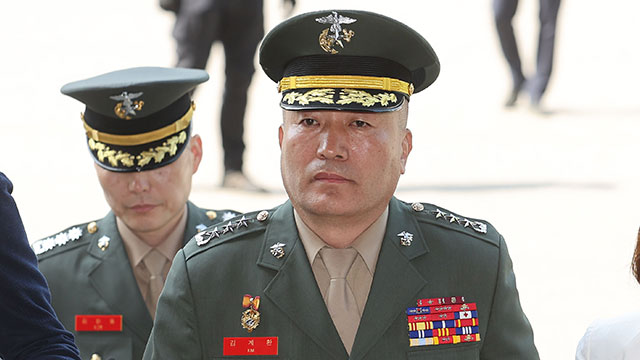
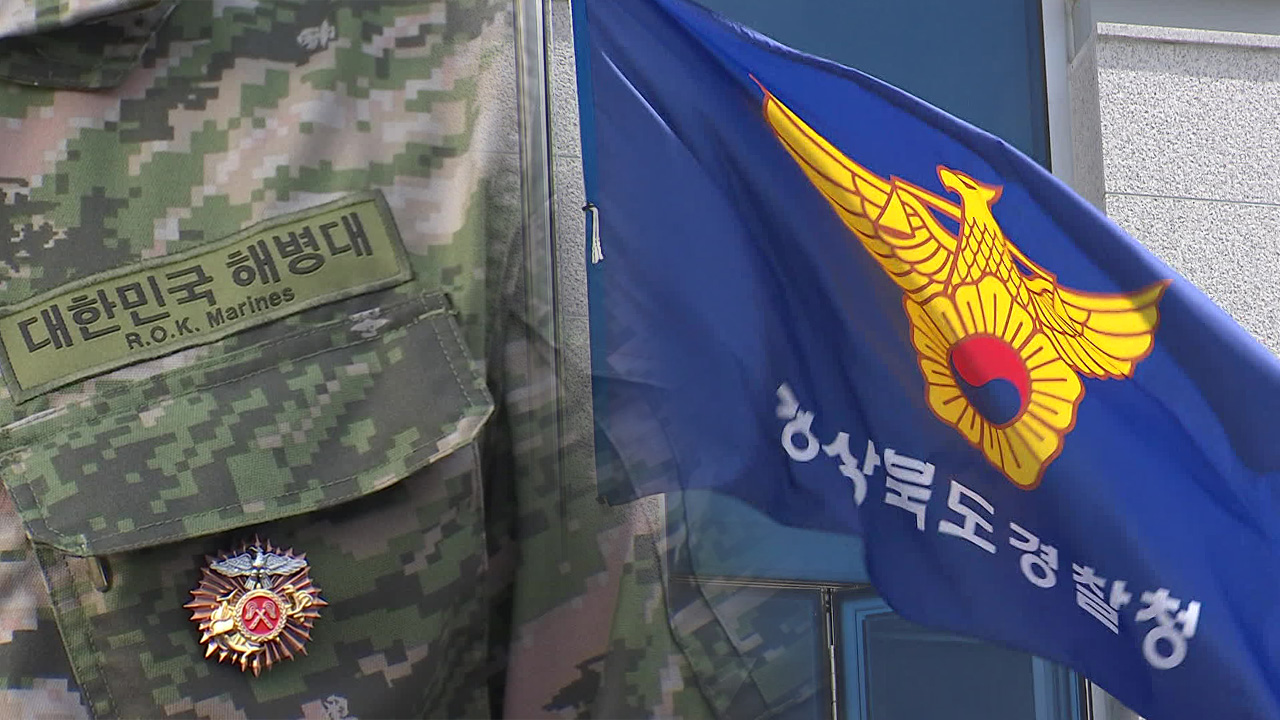
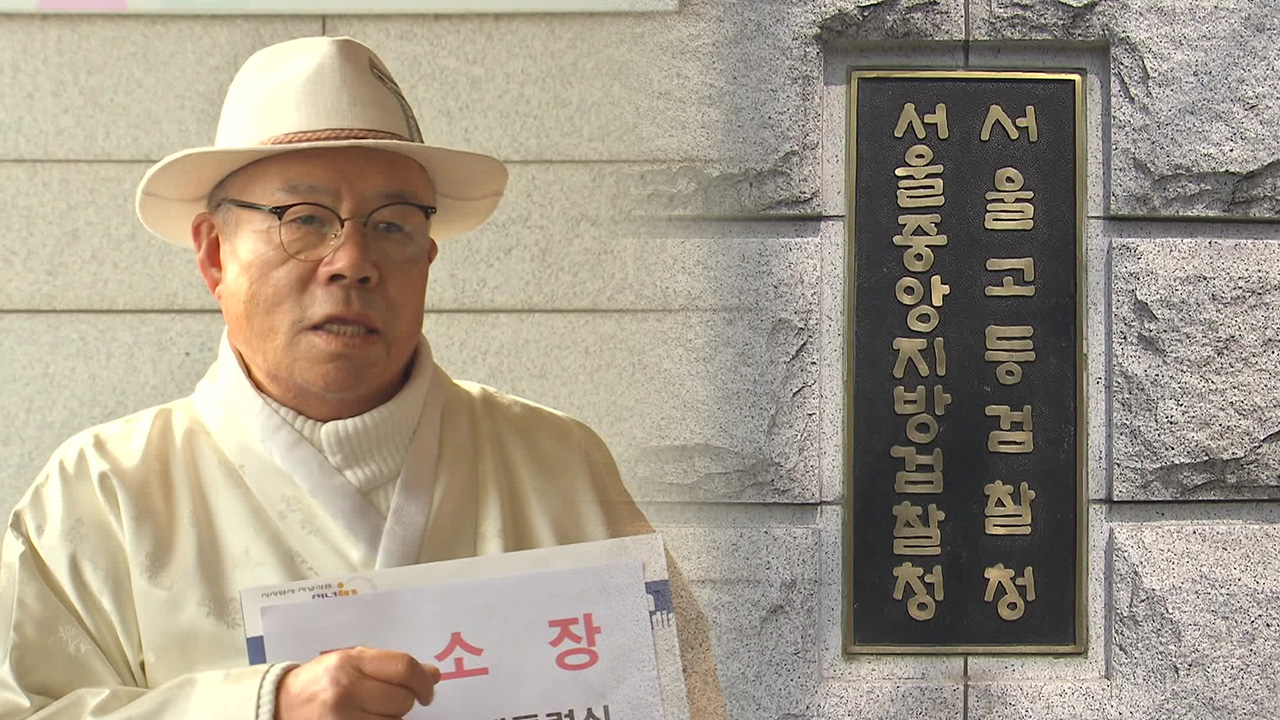
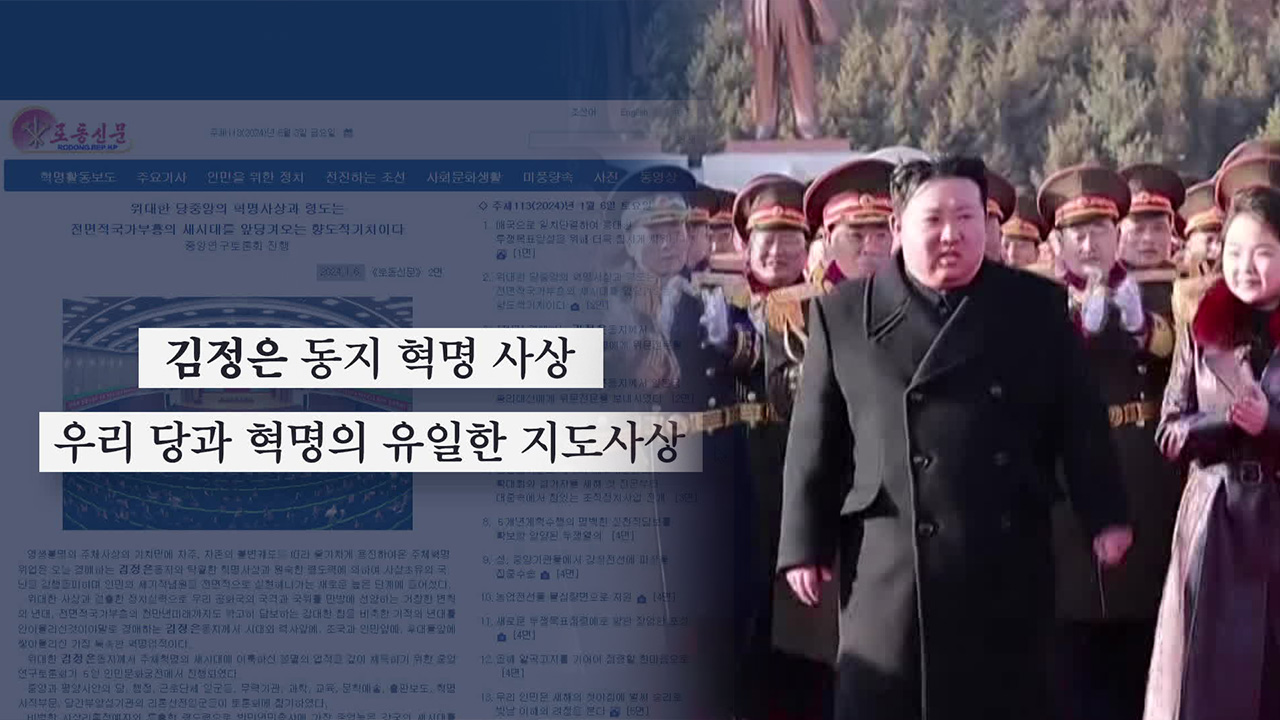

이 기사에 대한 의견을 남겨주세요.